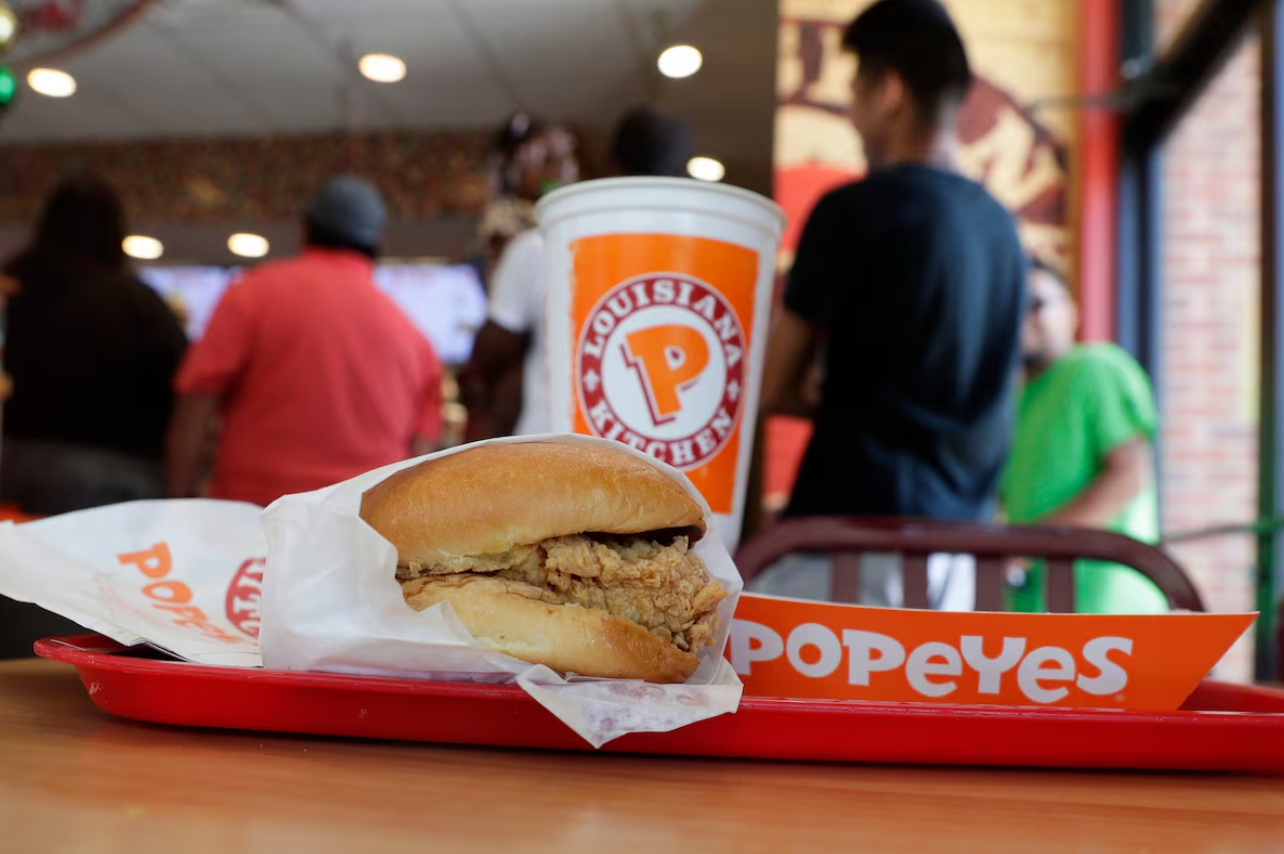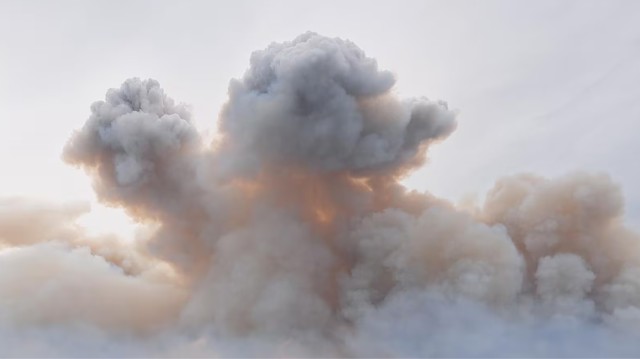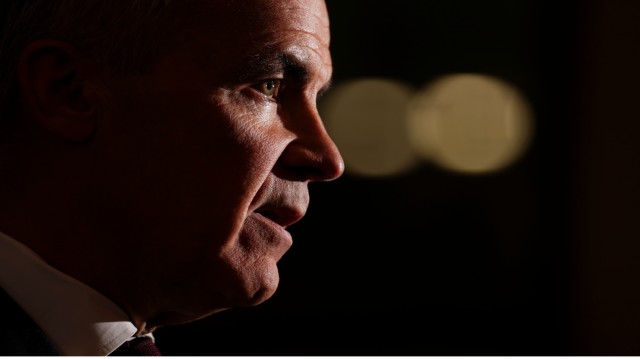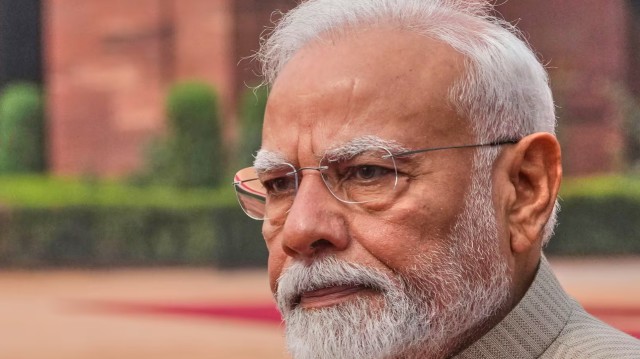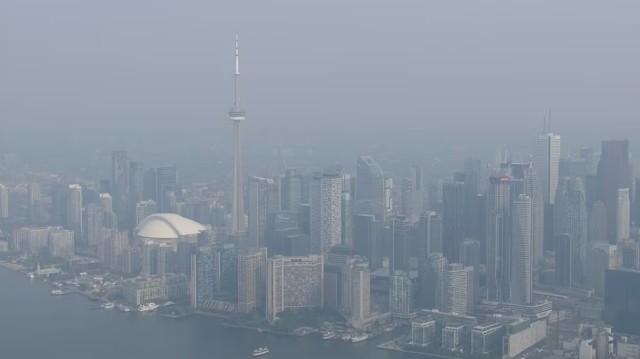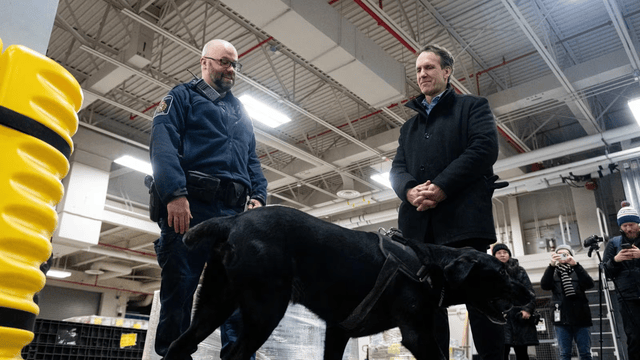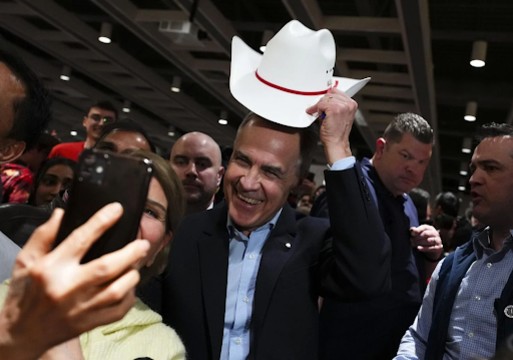
Mark Carney, the Liberal leader, joined supporters at a campaign event in Calgary on April 8, 2025. The Canadian Press
With Canada’s federal election just weeks away, Mark Carney’s Liberals are gaining ground. New poll numbers show his party leading over Pierre Poilievre’s Conservatives by a bigger margin. This momentum seems to come from rising support in provinces like British Columbia and Alberta.
Poll data from April 28 shows the Liberals sitting at 43.3% support. That could give them 181 out of 343 seats in the House of Commons — a clear majority. The Conservatives are behind at 38.8%, which translates to 128 seats.
These figures come from a forecasting system that combines public polls. It’s developed by a research group led by professor Clifton van der Linden. He says the Liberals are on the rise while Conservative support appears stuck.
“Things can still change,” van der Linden said. “But right now, the momentum seems to be with the Liberals.”
The New Democratic Party, led by Jagmeet Singh, is currently polling at 7.7%. That could earn them 11 seats. The Bloc Québécois, under Yves-François Blanchet, is at 5.4%, possibly giving them 21 seats.
Meanwhile, the Green Party has 1.8% support and two seats. Maxime Bernier’s People’s Party of Canada has 1.2% but would not win any seats, based on this data.
Poilievre’s rallies have drawn large crowds — 12,000 people in Edmonton and 2,500 in Brampton recently. But van der Linden warns that crowd size doesn’t always mean more votes. “Big crowds don’t always equal big support at the ballot box,” he said.
In B.C., the Conservatives are still ahead with 41.2% and are projected to win 21 out of 43 seats. Liberals are close behind at 39.1% with 17 seats. The NDP could win four seats, and the Greens might get one.
In Alberta, a strong Conservative area, Poilievre’s party is leading with 61.5% support. That would give them 32 out of 37 seats. The Liberals could win four, and the NDP just one.
Van der Linden says this western shift matters. “When these provinces start to move, it’s a sign that the ground is shifting,” he said. If this trend keeps up, he believes the Liberals could form a majority government.
Ontario remains a key battleground. The Liberals have strong support at 48.6%, which could give them 80 out of 122 seats. Conservatives trail at 39.3% with 39 seats. The NDP is at 7.6% and Greens at 1.6%.
Carney, who took over the Liberal leadership from Justin Trudeau in March, has helped boost the party’s standing. His campaign is focused on protecting Canada from the impact of Donald Trump’s trade policies, such as the 25% tariffs on Canadian goods. This approach appears to resonate with voters.
Poilievre has tried to steer attention back to cost-of-living issues. But Carney’s recent removal of Trudeau’s carbon tax seems to have helped the Liberals regain support.
In Quebec, the Liberals lead with 44.2% and are expected to win 45 of 78 seats. Conservatives are at 23.4% and could win 11. The Bloc is close behind at 22.3% with 21 seats. The NDP trails with 5.3% and one seat.
Earlier this year, the Conservatives were far ahead in the polls. But that changed quickly after Trudeau stepped down and Carney took over. The Liberals have since rebounded, and now they appear on track for a possible win.


